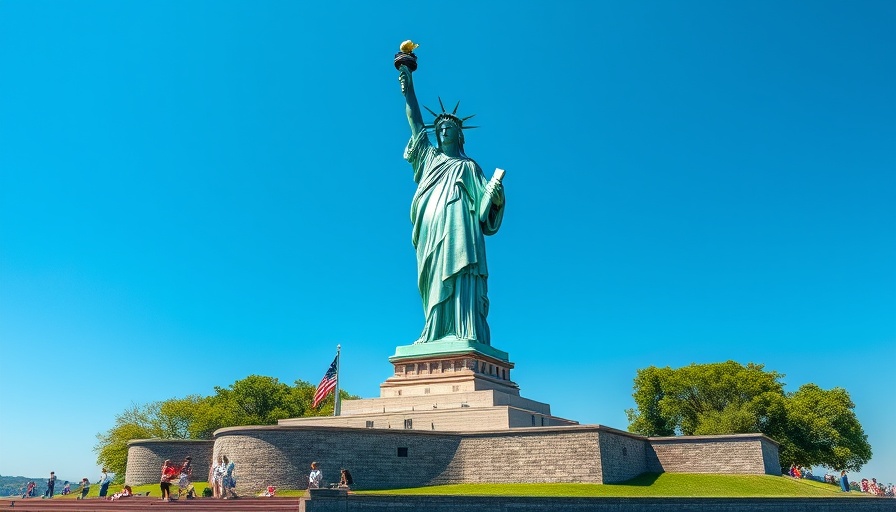
New York's Cannabis Law Changes: What's Happening?
In a surprising turn of events, New York's cannabis regulators have decided that dispensaries operating too close to schools can continue their business, sparking a mix of relief and concern within the community. As licensed dispensaries have been under scrutiny for their proximity to educational institutions, state lawmakers are preparing legislative amendments to address the oversight in site approvals.
The Misinterpretation: Understanding the 500-Foot Rule
The controversy centers around a critical misinterpretation of the 500-foot distancing rule between cannabis dispensaries and schools. Initially, the Office of Cannabis Management (OCM) interpreted the measurement from the front door of the school rather than from the property's edge, leading to discrepancies affecting 108 operating dispensaries and 44 pending applications. This has raised questions about the legislative process and oversight in cannabis regulation.
The Impact on Dispensaries and Communities
Most of the affected dispensaries are located within New York City, home to over 1,800 schools. The decision to allow these dispensaries to remain open while amending regulations reflects a larger push by Governor Kathy Hochul and state legislators to support the cannabis industry amidst changing perceptions. This move has stirred both support and criticism among community members concerned about youth access to cannabis products.
Legislative Support and Future Directions
Felicia A.B. Reid, the acting executive director of the OCM, expressed optimism following discussions with legislators about the necessary changes. The response from lawmakers has generally been supportive of correcting the regulatory error, indicating an increasing desire to work collaboratively towards a robust cannabis framework that prioritizes safety while fostering business growth.
Potential Future Trends in Cannabis Legislation
This incident underscores a significant trend within cannabis legislation: the need for clarity and precision in regulatory measures. As the industry grows, states will likely face similar challenges, pushing them to reevaluate existing policies. The proactive approach taken by New York's lawmakers may serve as a model for other states grappling with similar legal complexities, indicating a shift towards a more fluid regulatory landscape.
For cannabis bloggers and industry observers, this episode is a noteworthy illustration of the dynamism shaping modern cannabis laws. Understanding these developments will be crucial in providing informed commentary and analysis about the future of the cannabis industry and its broader cultural implications.
 Add Row
Add Row  Add
Add 




Write A Comment